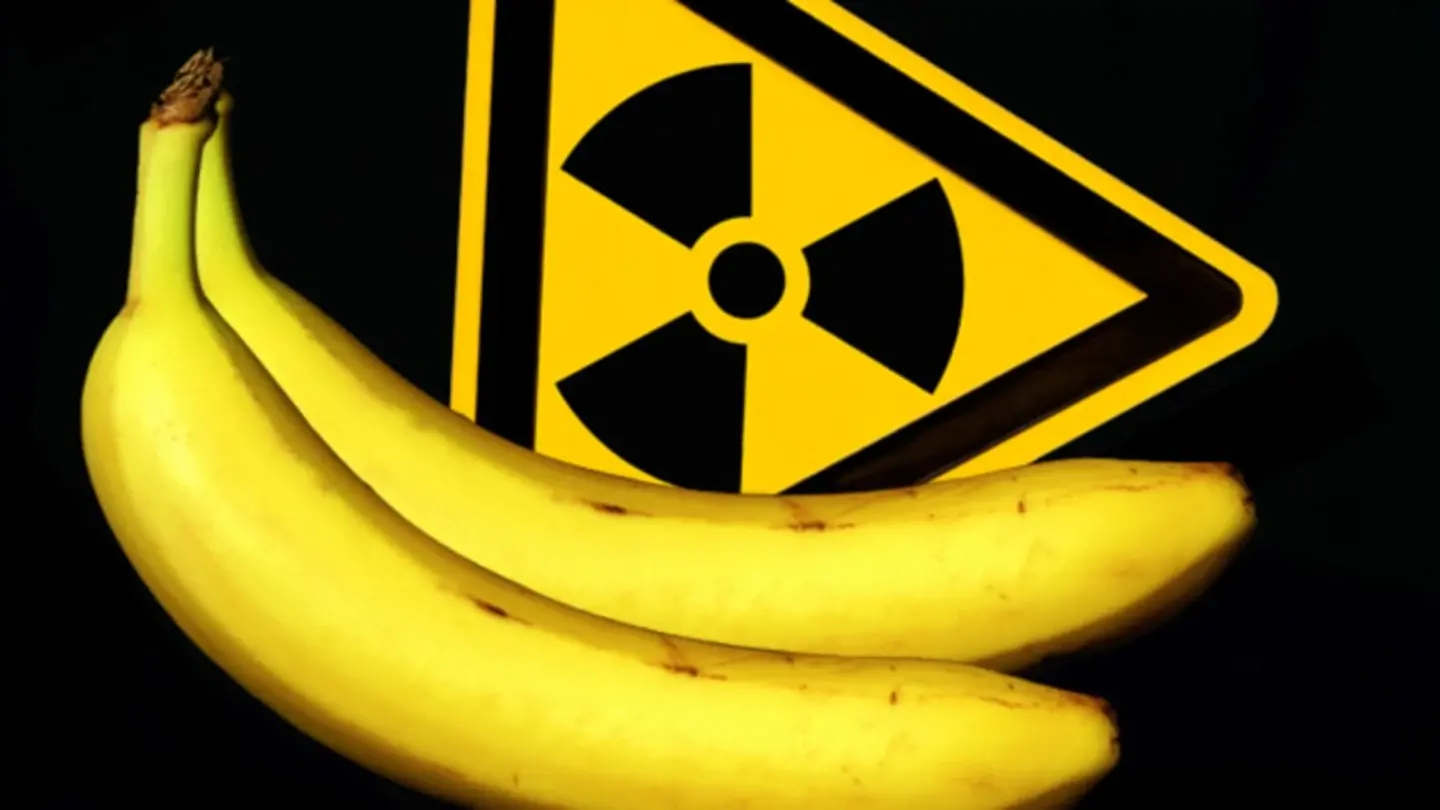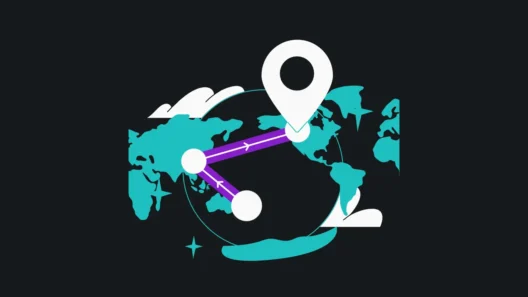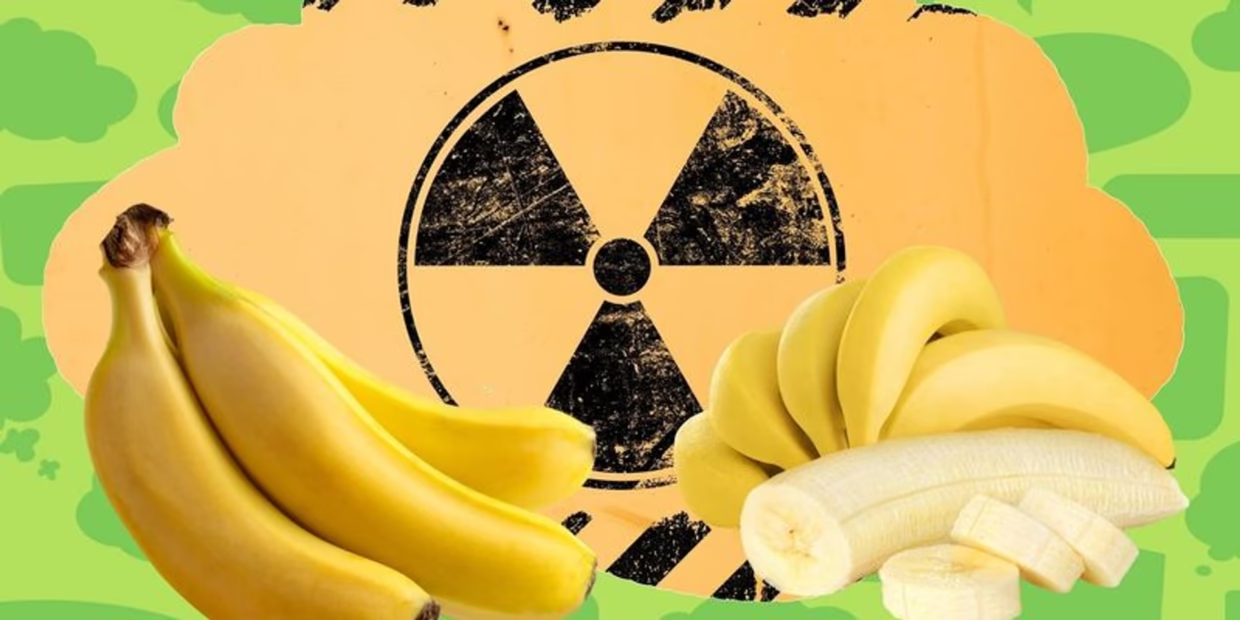Imagine biting into a banana. That classic yellow snack that boosts your mood, tames your hunger, and makes you feel like you’re doing something healthy. And then—bam! You find out bananas are radioactive. Seriously? Yep. Not glow-in-the-dark radioactive, but technically speaking—they do emit radiation. And guess what? So do we.
So get comfy, because I’m about to take you on a ride through the strange and fascinating world of natural radioactivity—where nothing sparkles like a nuclear reactor, but everything quietly hums with invisible energy.
Why Are Bananas Radioactive?
Blame it on potassium. More specifically, potassium-40 (K-40), a naturally occurring radioactive isotope. Bananas are loaded with potassium—that’s actually one of the reasons athletes love them so much. It’s essential for muscles, your heart, and your nervous system. But besides being a vital nutrient, potassium-40 also gives off a little radioactive sass.
K-40 occurs naturally in the environment. It has a ridiculously long half-life—around 1.25 billion years. That means it decays super slowly, releasing a bit of beta and gamma radiation in the process.
Okay, So What Is Radiation, Really?
Radiation is what happens when unstable atomic nuclei decide to become more stable and, in doing so, release energy. This energy travels in waves or particles and comes in a few different forms: alpha, beta, and gamma. Alpha particles can’t even get through a piece of paper. Beta is a bit stronger, and gamma? That one can blast through concrete.
Bananas primarily emit beta radiation. Nothing that will disintegrate you on the spot—unless you somehow plan on eating 10 million bananas in one sitting. Which I strongly do not recommend.
How Many Bananas Would It Take to Be Dangerous?
Enter the concept of the “banana equivalent dose” (BED). Scientists came up with this fun unit to help people understand radiation in familiar terms. One banana gives you a dose of about 0.1 microsieverts (μSv). Just for comparison:
- A flight from Europe to the U.S.? Around 40–80 BED.
- Dental X-ray? About 500 BED.
- Average annual dose from background radiation? Roughly 20,000 BED.
- Lethal dose of radiation? About 35 million BED.
So no, eating a few bananas a day won’t turn you into a walking Chernobyl.
And the Plot Twist: We’re More Radioactive Than Bananas
This is the part that blew my mind. The human body contains potassium too. A lot of it, actually—about 140 grams in an average adult. Of that, roughly 0.012% is potassium-40. If you do the math, that means your body emits around 0.017 microsieverts per hour—more than a single banana.
So technically, if you were to lie next to yourself with a Geiger counter… it would beep. Not like a siren, but yeah—it would pick something up.

Natural Radiation Is Everywhere
It’s not just bananas and humans. Radiation is literally all around us:
- Potatoes and beans – high in potassium too
- Nuts – especially Brazil nuts, which absorb radium
- Ceramics and granite – some kitchen counters are mildly radioactive
- Buildings – in places like Iran and Brazil, some towns sit on high-radiation ground and people live there just fine
Our bodies are built for this. Radiation has been part of Earth since forever, and evolution made sure we can deal with it.
Why Aren’t We All Freaking Out About This?
Because when people hear “radiation,” they think atomic bombs, cancer, and scary nuclear disasters. And yeah, high doses of radiation are absolutely dangerous. But just like water—it can quench your thirst or drown you. It all comes down to dosage.
Our bodies are super resilient. We’ve got built-in repair systems that handle small radiation exposure like pros: fixing DNA, neutralizing radicals, and generally keeping things in check.
A Radiant Personality? Quite Literally
So the next time someone calls you a “radiant personality,” take it as a literal compliment. We all glow—just a little. And so do bananas. Isn’t that kind of poetic?
But don’t go anywhere just yet! In the second part of the article, I’ll geek out even more: how radioactive food affects your health, what the real difference is between natural and artificial radiation, and why scientists love bananas as an educational tool.
Is Natural Radiation Different from Artificial Radiation?
One of the biggest misconceptions people have is that “natural” radiation is somehow safer than “artificial” radiation. But here’s the truth: there’s no real physical difference. A gamma photon from potassium-40 in a banana is identical to a gamma photon from a medical scanner.
The difference lies in how and where the radiation is delivered. Natural radiation is always present—emitted from rocks, cosmic rays, and even your own body. Artificial radiation usually comes in larger, more concentrated doses (like from X-rays or nuclear accidents), which is what makes it potentially more harmful if misused.
That said, science agrees: the amount of radiation you get from your food or environment is minuscule. Some researchers even propose that small doses of radiation might stimulate our immune systems (though that’s still being debated—so don’t go hugging any reactors just yet).
How Does the Body Handle Radioactive Elements?
Your body is kind of a biological nuclear manager. It repairs cell damage, deals with oxidative stress, and can even fix breaks in DNA caused by low-dose radiation. Evolution built us to survive in a world filled with radiation. If natural radioactivity were truly dangerous at these levels, we wouldn’t even be here.
So no—radioactive food isn’t a threat. If it were, bananas and Brazil nuts would’ve been blacklisted from the supermarket shelves ages ago.
So… What’s the Most Radioactive Food?
Bananas are just the tip of the glowing iceberg. Let’s look at the real “champions” of dietary radiation:
| Food | Dose (μSv/kg) | Radioactive Isotopes |
|---|---|---|
| Brazil nuts | 7–10 | Radium-226, Radium-228 |
| Bananas | 0.1 | Potassium-40 |
| Carrots | 0.04 | Potassium-40 |
| White beans | 0.07 | Potassium-40 |
| Beer | 0.02 | Potassium-40, Rubidium-87 (tiny) |
Brazil nuts are radioactive superstars—not because of weird mutations or contamination, but because the trees have deep roots that soak up radium naturally present in the soil. Cool, right?
What If I Eat Tons of These Radioactive Foods?
Honestly? Nothing dramatic will happen. Even if your diet is packed with bananas, beans, and Brazil nuts, the radiation dose is still so tiny your body won’t even blink.
And if you’re a data nerd like me, you’ll love this: NASA and several health agencies actually let you calculate your total annual radiation exposure—including food, flights, X-rays, and even living at higher altitudes.
Your banana breakfast bowl might be technically radioactive—but it’s still way less intense than a one-hour flight over the Alps.
Banana Equivalent Dose: A Geeky But Brilliant Teaching Tool
The “banana equivalent dose” (BED) is not an official scientific unit, but it’s a fantastic way to help people wrap their heads around the idea of radiation. When you say “10 microsieverts,” most folks will glaze over. But say “that’s like eating 100 bananas,” and suddenly it clicks.
Some scientists aren’t fans of BED because it can oversimplify or confuse more nuanced discussions, but as a fun educational analogy? It works beautifully. Plus, when was the last time someone learned about radioactivity thanks to fruit?
Final Takeaways: What Should You Remember?
- Bananas are radioactive—but only a little
- Humans are actually more radioactive than bananas
- Natural background radiation is totally normal
- You don’t need to fear food-based radiation
- Science is way more fun when you add fruit to the equation
So next time someone says you’re glowing—it might be more literal than they think. We really do carry a tiny bit of radiation with us everywhere we go. And honestly, I think that’s kind of beautiful.
Now if you’ll excuse me, I’m off to spread the radioactive banana gospel to the world—with peanut butter on top.
FAQ – Frequently Asked Questions About Banana Radioactivity and the Human Body
Are bananas really radioactive?
Yes, bananas are slightly radioactive due to the presence of the naturally occurring isotope potassium-40 (K-40). However, the radiation dose is extremely low and completely harmless to humans.
How much radiation is in a single banana?
A single banana emits about 0.1 microsieverts (μSv) of radiation. That’s an incredibly small dose—roughly equivalent to a few minutes of normal background exposure from nature or living at a higher altitude.
What is the “Banana Equivalent Dose”?
The Banana Equivalent Dose (BED) is an informal unit used by scientists to explain very low levels of radiation. One BED equals the amount of radiation from eating one banana—about 0.1 μSv. It’s a fun and relatable way to put radiation into perspective.
Can eating too many bananas be dangerous?
No. Even if you ate thousands of bananas, the radiation dose would still be harmless. Experts estimate you’d need to eat millions of bananas at once to experience any harmful effects—which is physically impossible.
Am I really more radioactive than a banana?
Yes! The human body contains potassium—about 140 grams in total—and a tiny fraction of that is radioactive potassium-40. That means you emit more radiation than a banana. Congratulations, you’re glowing!












